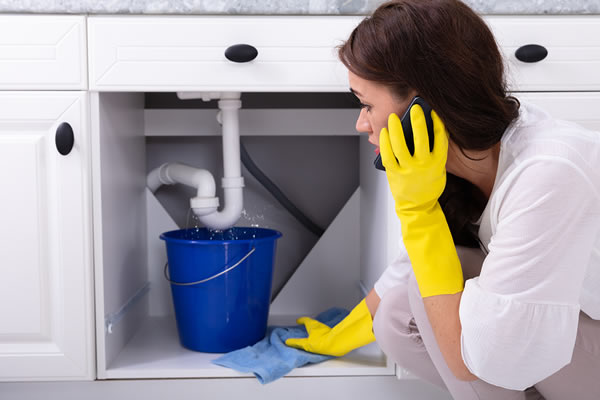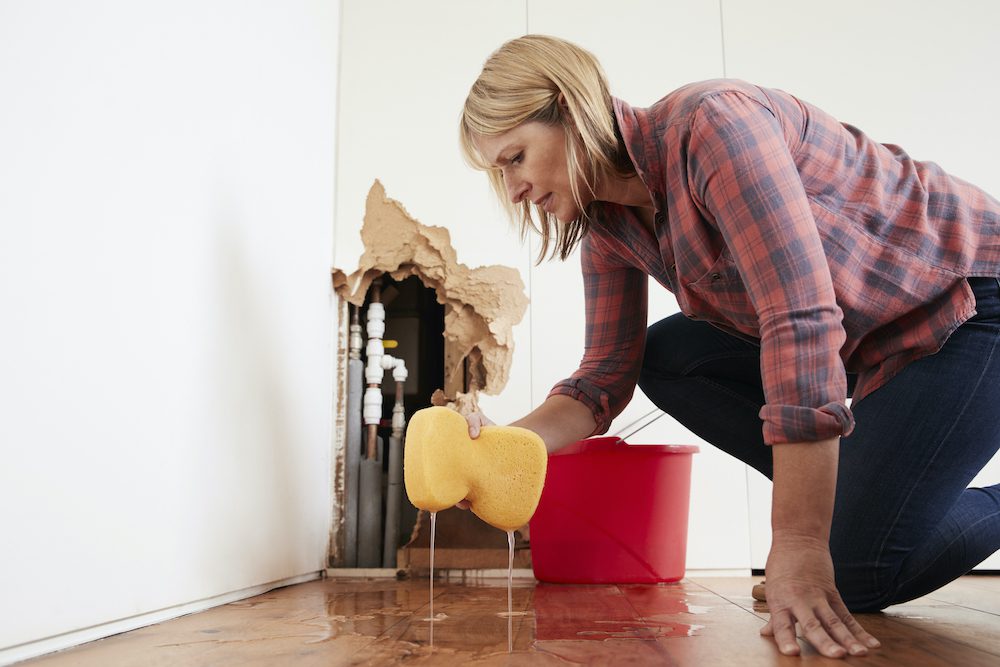This great article listed below relating to Hacks to detect leaks is amazingly motivating. You should give it a look.

Early detection of leaking water lines can minimize a prospective disaster. Some small water leakages might not be noticeable.
1. Analyze the Water Meter
Every residence has a water meter. Examining it is a proven way that assists you discover leaks. For starters, turn off all the water resources. Make certain nobody will certainly purge, make use of the faucet, shower, run the washing device or dishwasher. From there, most likely to the meter and watch if it will certainly change. Given that no one is using it, there need to be no motions. That indicates a fast-moving leakage if it relocates. Likewise, if you identify no changes, wait an hour or two as well as check back again. This suggests you might have a sluggish leakage that can also be underground.
2. Check Water Consumption
Analyze your water bills and track your water consumption. As the one paying it, you should notice if there are any type of discrepancies. If you find sudden changes, regardless of your intake coinciding, it indicates that you have leaks in your plumbing system. Keep in mind, your water bill should drop under the same range every month. An unexpected spike in your bill shows a fast-moving leakage.
A constant increase every month, even with the same routines, reveals you have a slow-moving leakage that's likewise gradually intensifying. Call a plumber to thoroughly inspect your residential or commercial property, specifically if you feel a cozy location on your flooring with piping underneath.
3. Do a Food Coloring Examination
When it comes to water usage, 30% comes from commodes. If the color in some way infiltrates your bowl throughout that time without flushing, there's a leak in between the storage tank and also bowl.
4. Asses Exterior Lines
Don't neglect to inspect your outdoor water lines too. Should water permeate out of the connection, you have a loosened rubber gasket. One tiny leakage can waste heaps of water and also increase your water costs.
5. Examine the scenario and also evaluate
Property owners must make it a routine to examine under the sink counters and even inside cupboards for any type of bad odor or mold growth. These two warnings show a leak so prompt attention is needed. Doing regular inspections, also bi-annually, can save you from a major problem.
Examine for discolorations and also weakening as the majority of pipelines and also home appliances have a life span. If you believe leaking water lines in your plumbing system, do not wait for it to escalate.
Early discovery of dripping water lines can minimize a prospective disaster. Some small water leakages may not be visible. Examining it is a surefire means that assists you discover leakages. One little leak can squander lots of water and increase your water expense.
If you believe leaking water lines in your plumbing system, do not wait for it to escalate.
WARNING SIGNS OF WATER LEAKAGE BEHIND THE WALL
PERSISTENT MUSTY ODORS
As water slowly drips from a leaky pipe inside the wall, flooring and sheetrock stay damp and develop an odor similar to wet cardboard. It generates a musty smell that can help you find hidden leaks.
MOLD IN UNUSUAL AREAS
Mold usually grows in wet areas like kitchens, baths and laundry rooms. If you spot the stuff on walls or baseboards in other rooms of the house, it’s a good indicator of undetected water leaks.
STAINS THAT GROW
When mold thrives around a leaky pipe, it sometimes takes hold on the inside surface of the affected wall. A growing stain on otherwise clean sheetrock is often your sign of a hidden plumbing problem.
PEELING OR BUBBLING WALLPAPER / PAINT
This clue is easy to miss in rooms that don’t get much use. When you see wallpaper separating along seams or paint bubbling or flaking off the wall, blame sheetrock that stays wet because of an undetected leak.
BUCKLED CEILINGS AND STAINED FLOORS
If ceilings or floors in bathrooms, kitchens or laundry areas develop structural problems, don’t rule out constant damp inside the walls. Wet sheetrock can affect adjacent framing, flooring and ceilings.
https://www.servicemasterbyzaba.com/blog/how-to-detect-water-leakage-in-walls/

I'm just very fascinated by Locating water leaks and I am hoping you appreciated the new blog post. Are you aware of someone else who is curious about the topic? Be sure promote it. We truly appreciate reading our article about Leaking water lines.
Tap leaking? Call us.